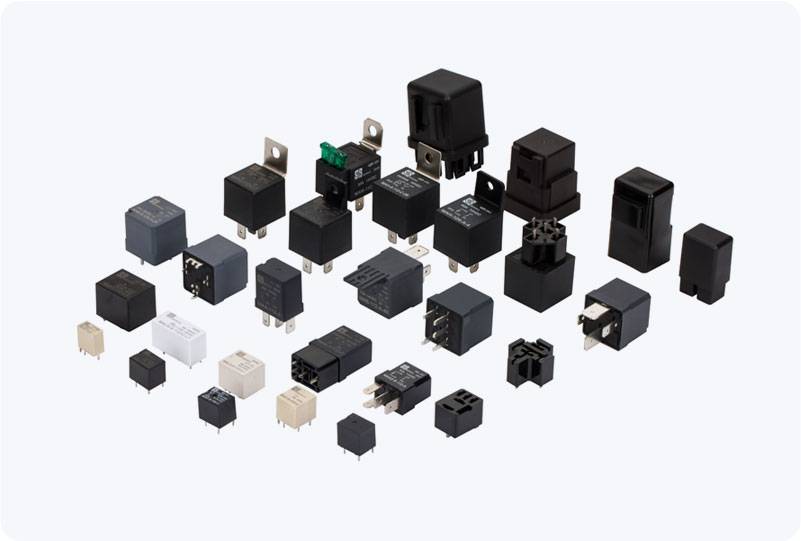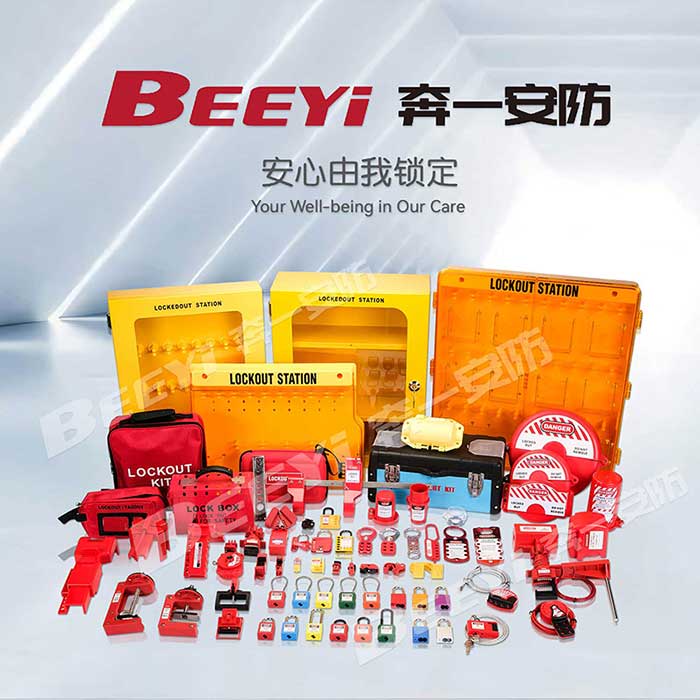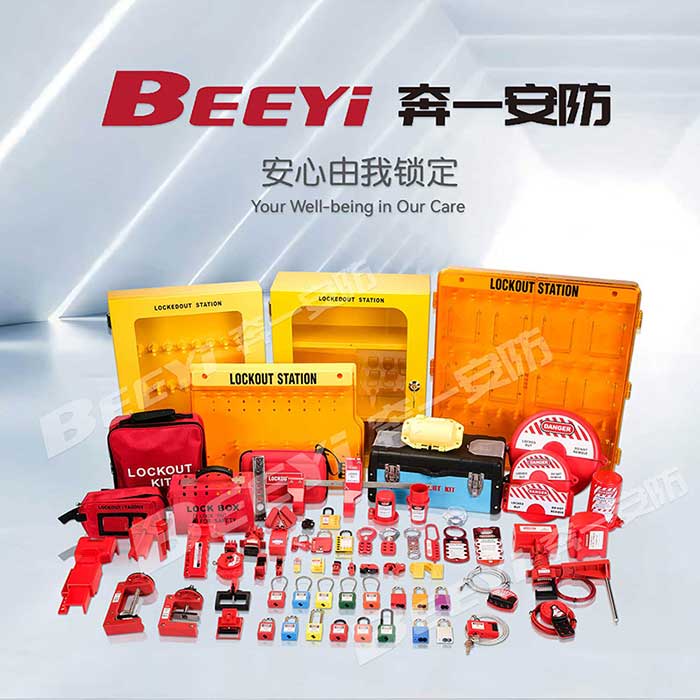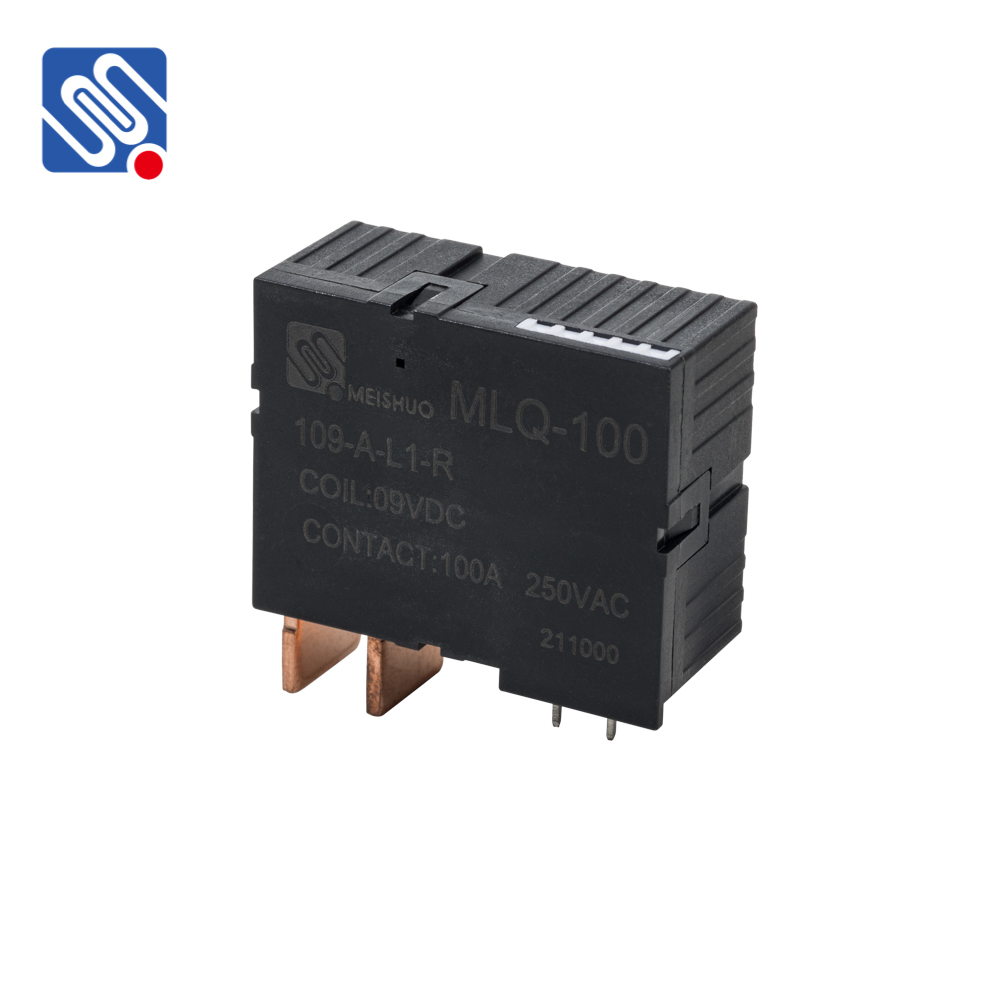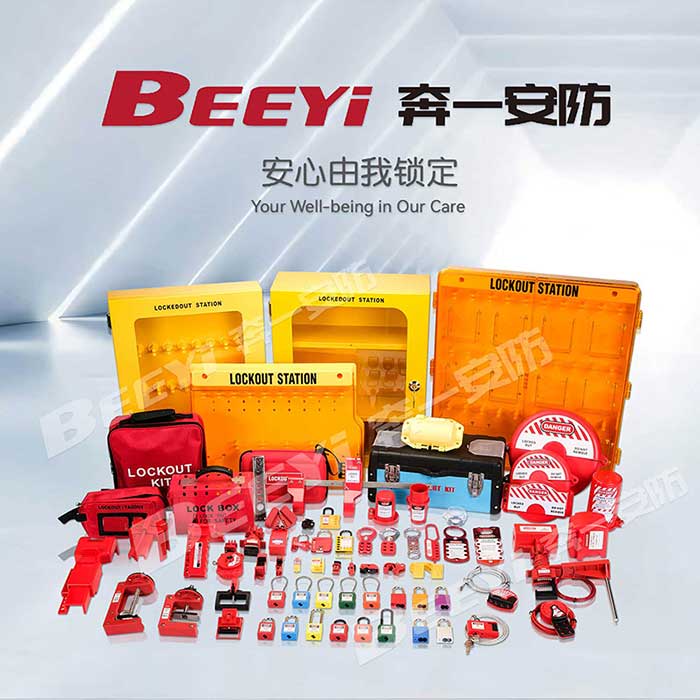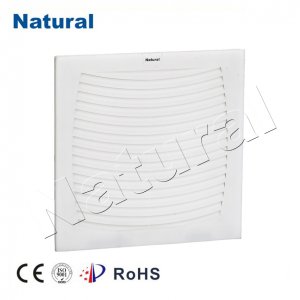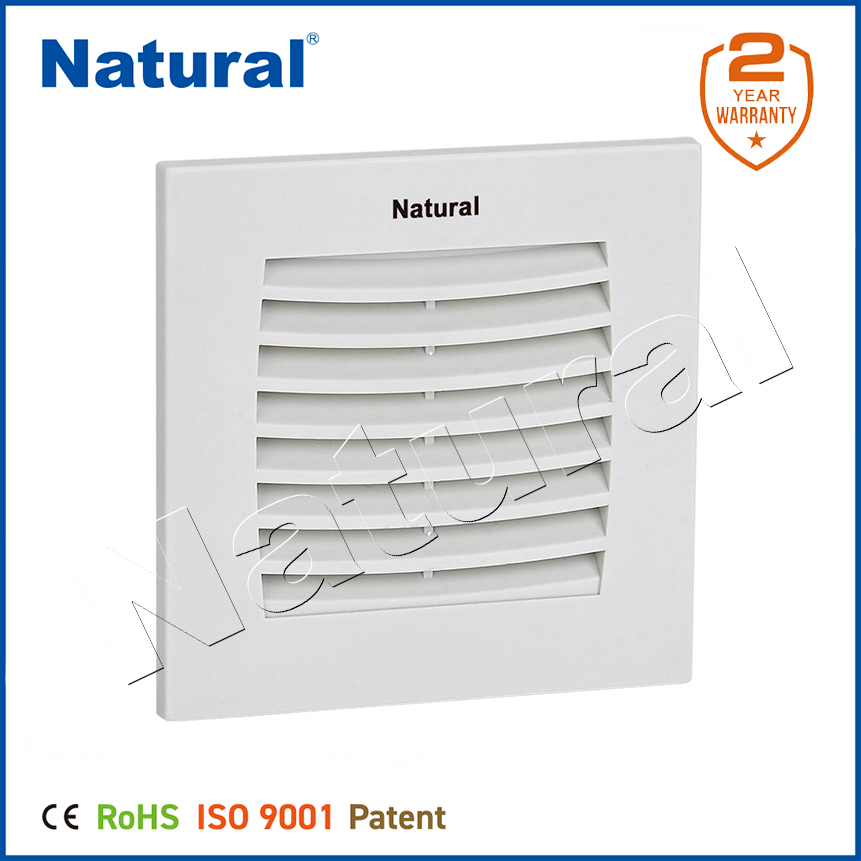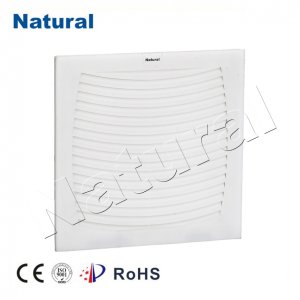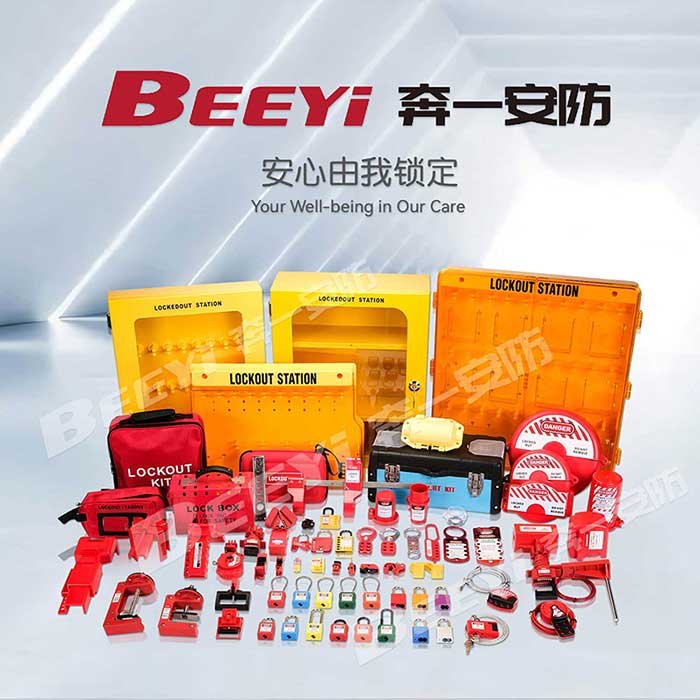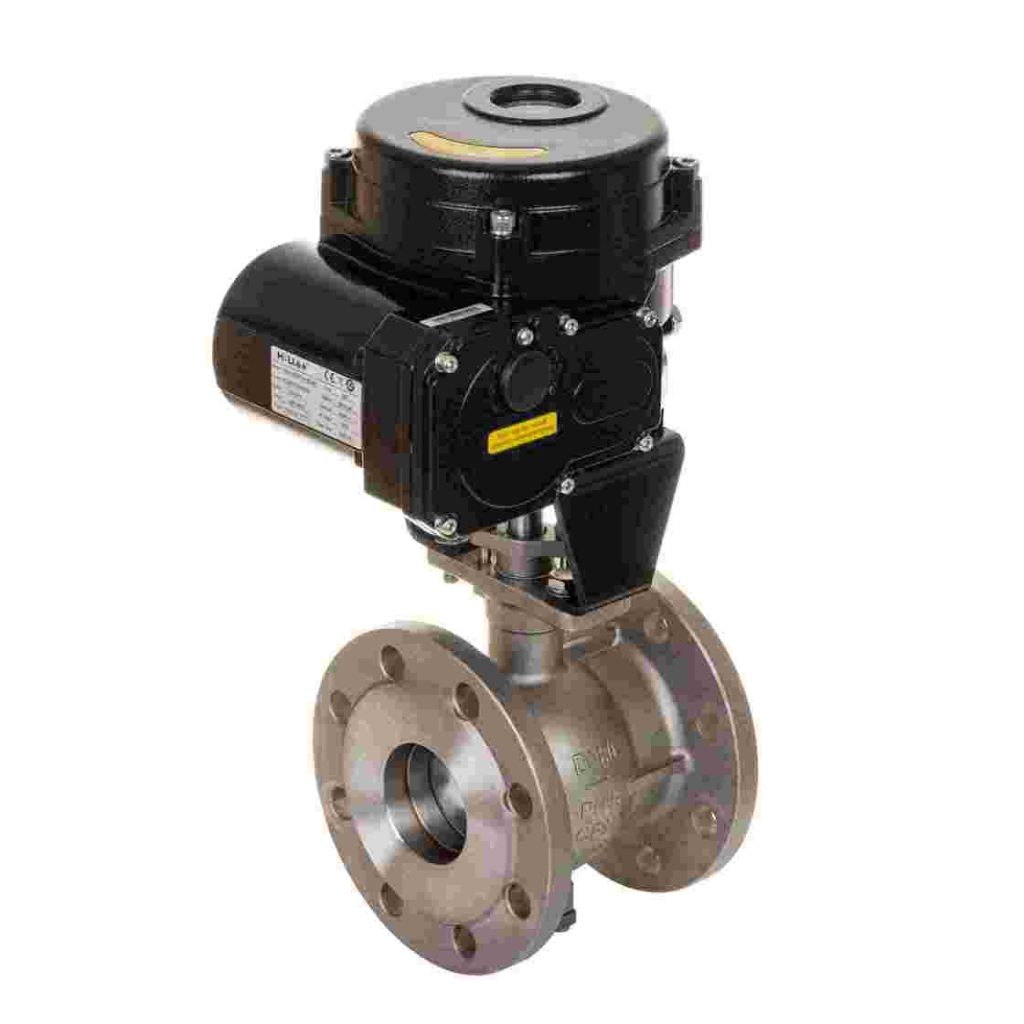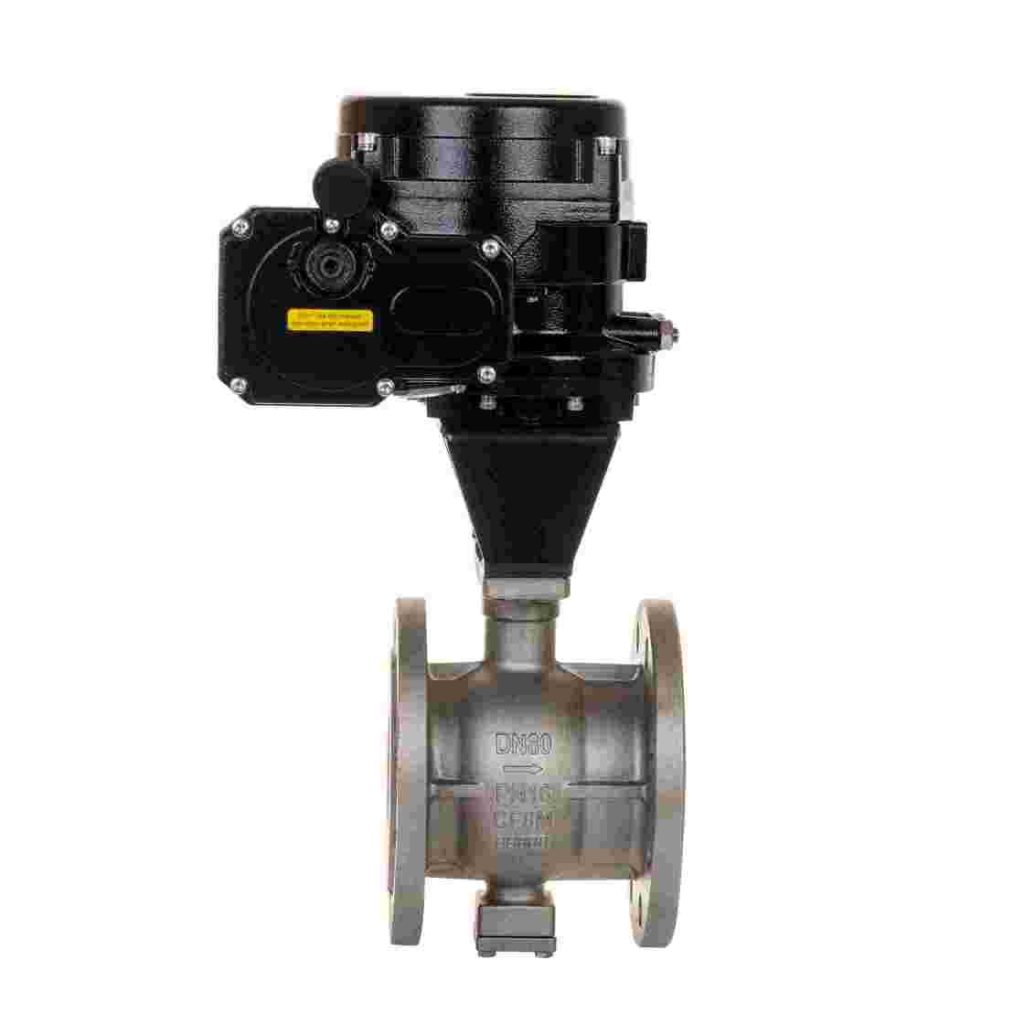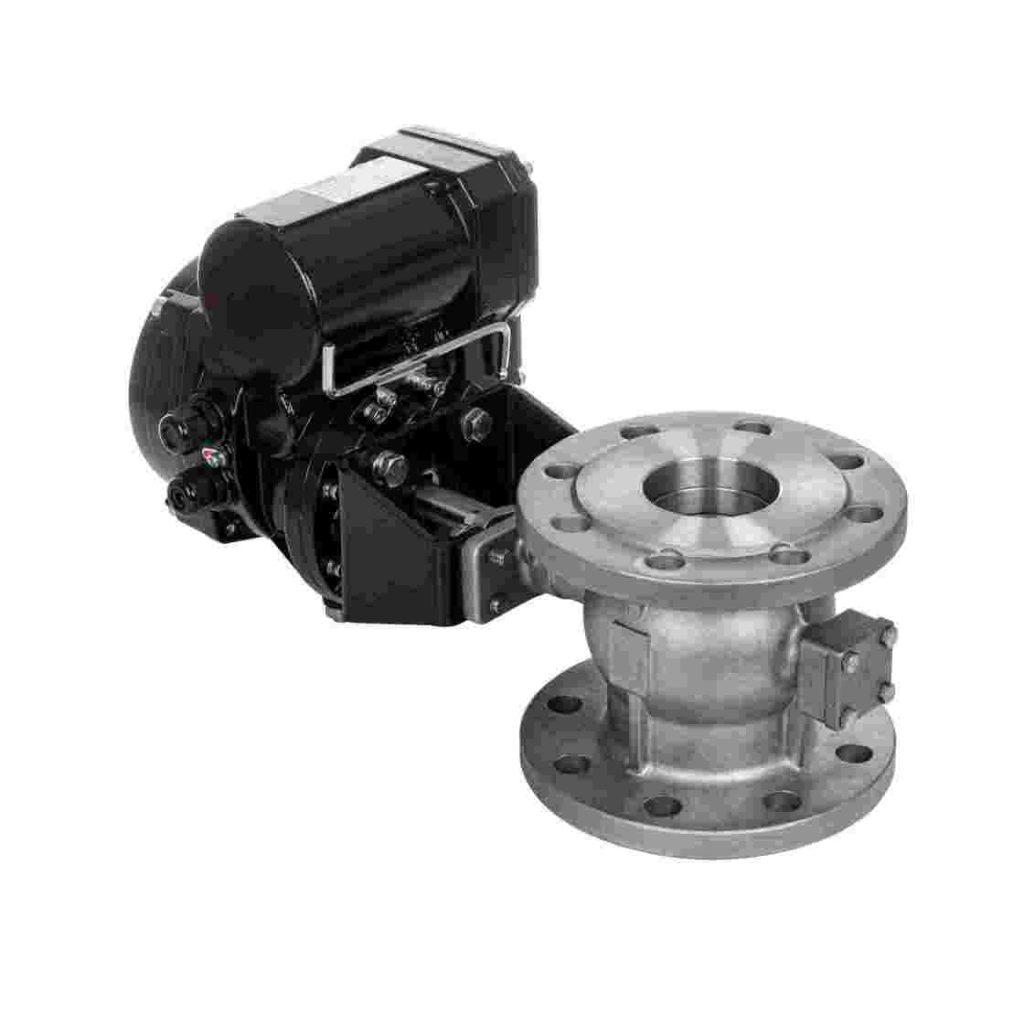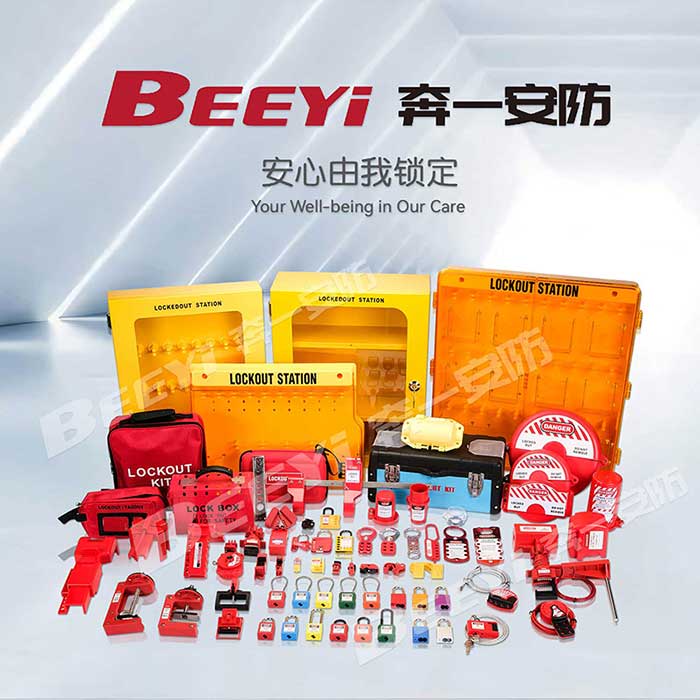Electrical lockout tags are an essential part of workplace safety procedures, particularly in environments where machinery or electrical systems pose significant hazards to workers. These tags are used to communicate when equipment is locked out or de-energized to prevent accidental startup or release of hazardous energy. This article explores the role and importance of electrical lockout tags in maintaining worker safety, complying with regulations, and ensuring a smooth operational workflow.
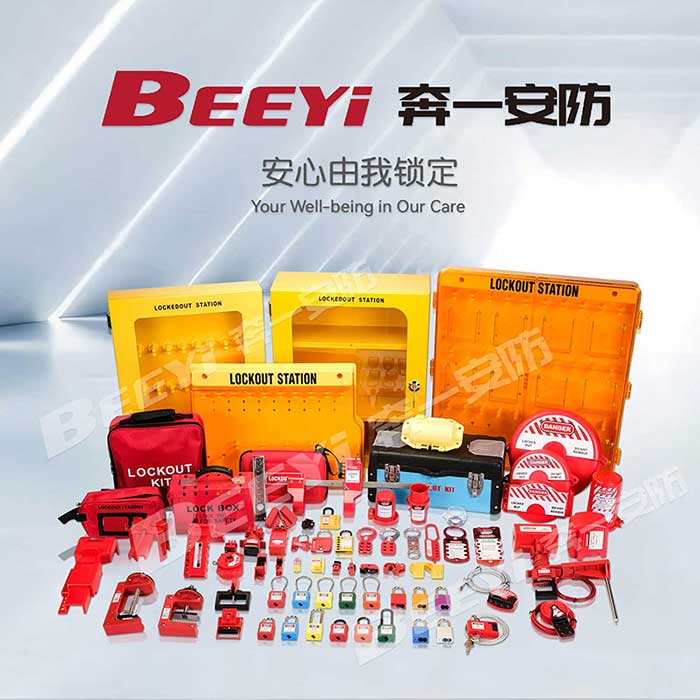
What Are Electrical Lockout Tags? Electrical lockout tags are typically used as a warning and identification tool in lockout/tagout (LOTO) procedures. These tags are attached to energy-isolating devices, such as circuit breakers, valves, or power switches, to signify that the equipment has been locked out and should not be operated until the work is complete. The tags typically feature bright colors, such as red or yellow, with bold, clear text indicating a “Do Not Operate” warning. The Role of Lockout/Tagout Procedures Lockout/tagout is a safety protocol used to control hazardous energy during the servicing and maintenance of equipment. Its purpose is to prevent the unintentional release of hazardous energy—whether electrical, mechanical, hydraulic, or thermal—that could cause injuries to workers. This procedure involves placing a lockout device on the energy-isolating mechanism of equipment and a tag to provide a visual warning.
